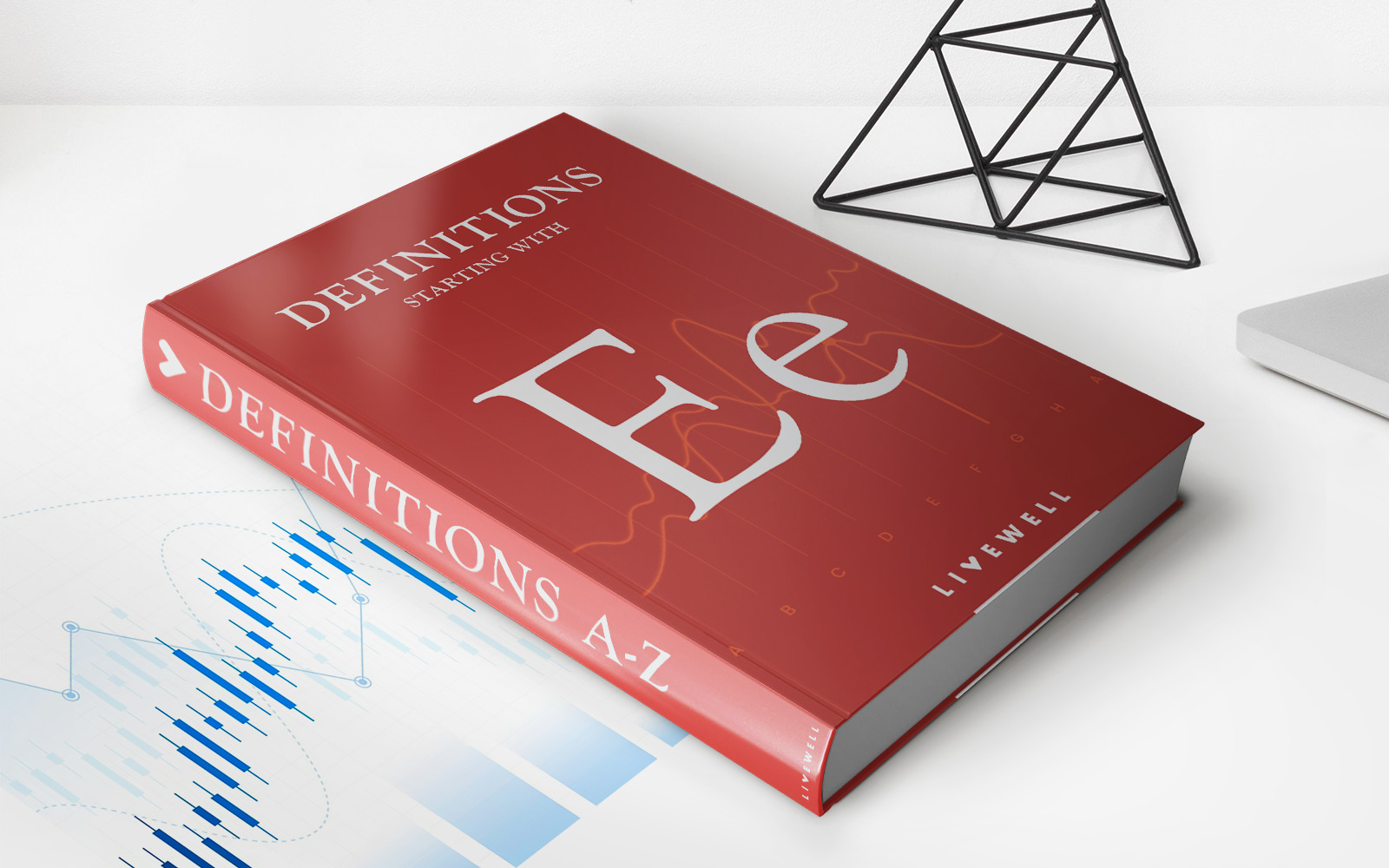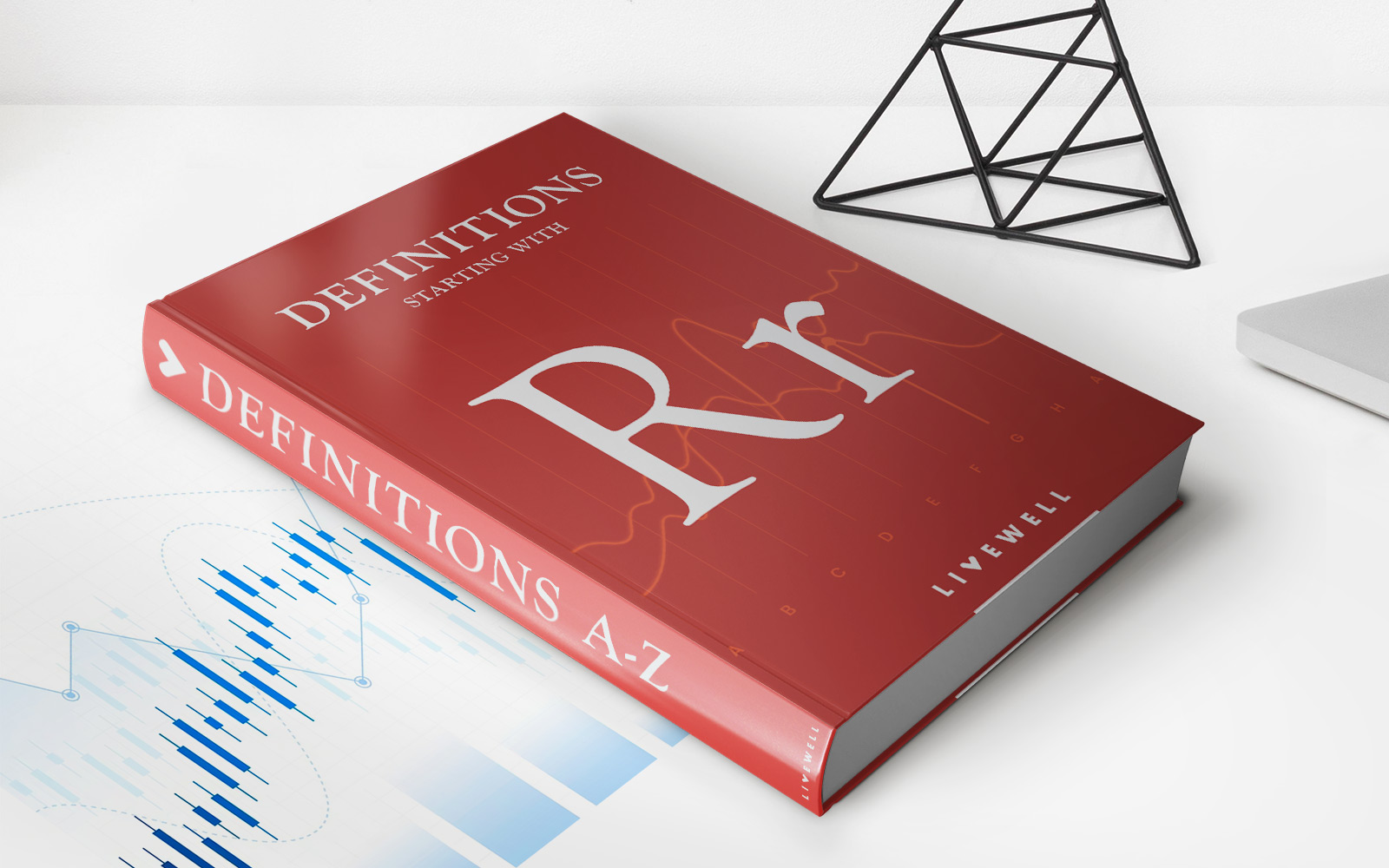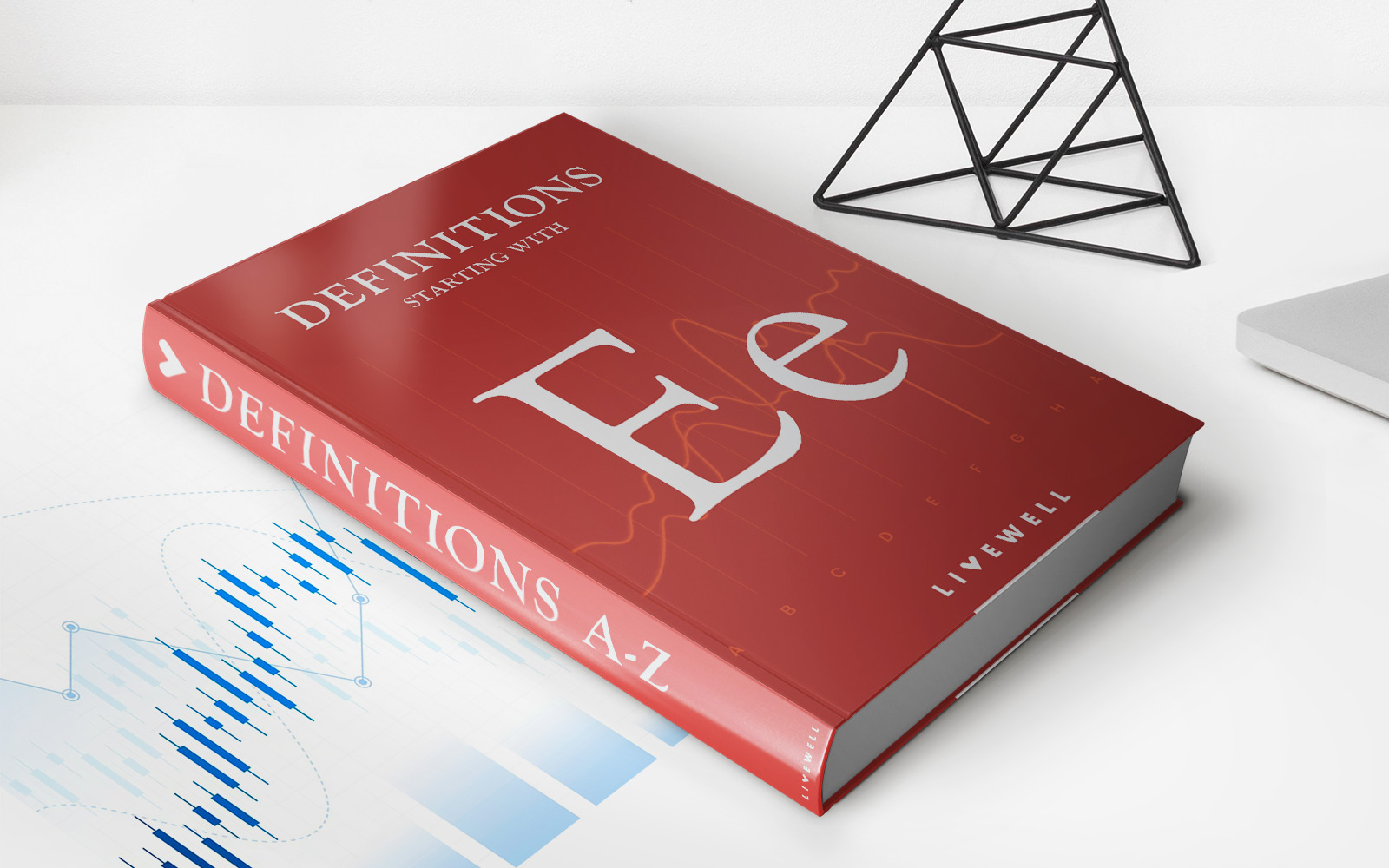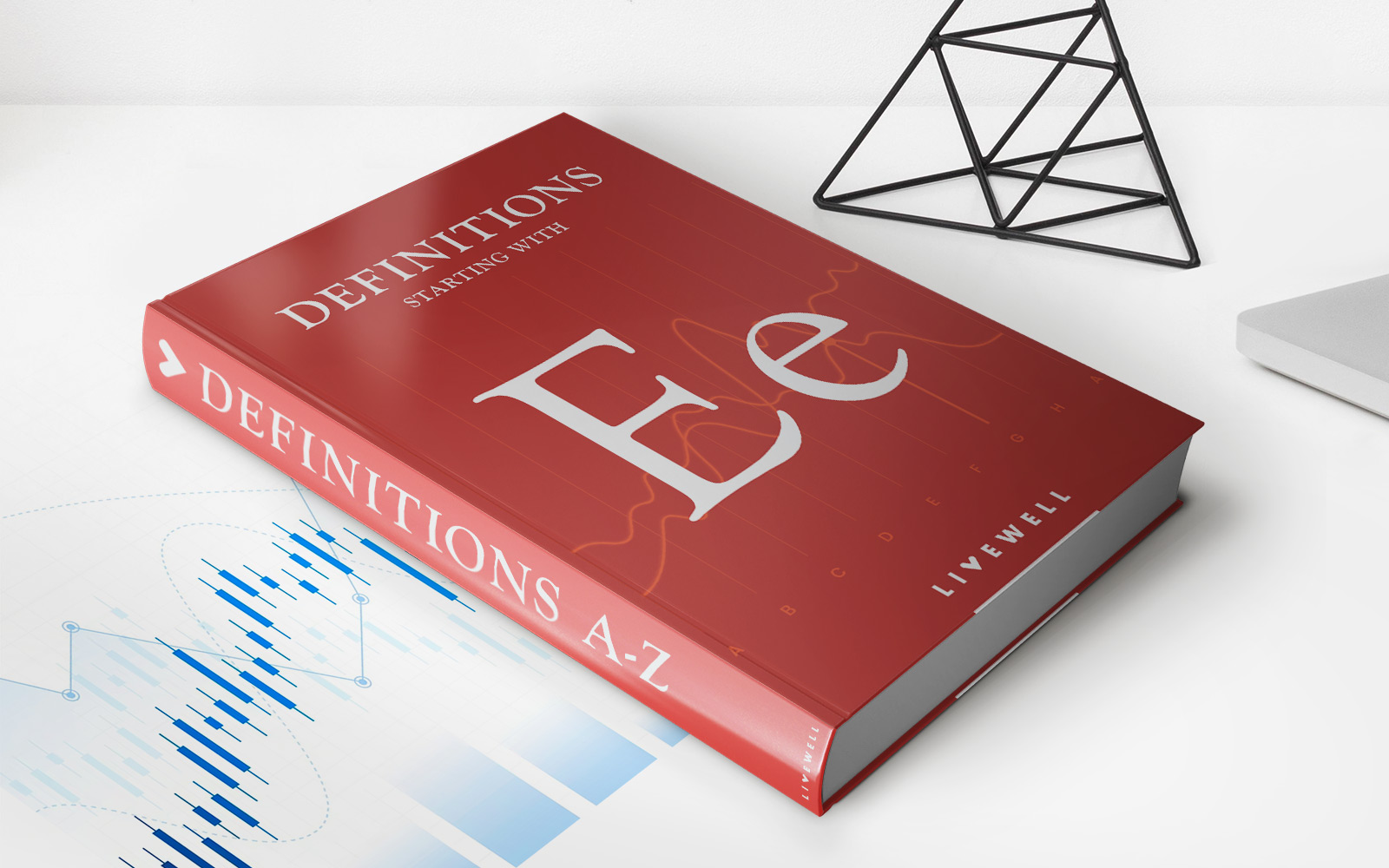

Finance
Environmental Impact Statement Definition
Published: November 18, 2023
Learn the definition of an environmental impact statement and its importance in finance. Discover how it assesses the effects of projects on the environment and guides sustainable decision-making.
(Many of the links in this article redirect to a specific reviewed product. Your purchase of these products through affiliate links helps to generate commission for LiveWell, at no extra cost. Learn more)
Understanding the Environmental Impact Statement Definition for Sustainable Finance
Welcome to our finance category blog post! In today’s post, we will be diving into the fascinating world of sustainable finance and exploring a key concept known as the Environmental Impact Statement (EIS) definition. If you’ve ever wondered about the environmental implications of your financial decisions or the impact of large-scale projects on the planet, then this post is for you. So, let’s get started!
Key Takeaways:
- The Environmental Impact Statement (EIS) is a comprehensive report that assesses the potential environmental impact of a proposed project.
- EISs play a crucial role in sustainable finance by informing decision-makers about the potential social and environmental consequences of certain projects.
First things first, what exactly is an Environmental Impact Statement? At its core, an EIS is a detailed report that evaluates the potential environmental effects of a proposed project. It is typically required by regulatory bodies and is an essential part of the decision-making process for project approvals. EISs provide a holistic assessment of a project’s potential effects on various environmental factors, including air and water quality, natural habitats, and human health.
When it comes to sustainable finance, EISs are crucial because they help stakeholders make informed decisions regarding the environmental and social implications of a project. By examining an EIS, investors, lenders, and other decision-makers can gain a greater understanding of the potential risks and benefits associated with a particular project. This empowers them to channel their financial resources towards projects that align with their sustainability goals.
So, what does an EIS typically include? Let’s break it down:
- Project Description: This section provides an overview of the proposed project, including its purpose, location, and scale.
- Environmental Baseline: Here, the current environmental conditions of the project area are assessed, including factors such as air quality, water resources, and biodiversity.
- Potential Impacts: This section evaluates the potential positive and negative environmental effects of the project, considering factors like noise, emissions, waste generation, and habitat destruction.
- Alternative Analysis: An EIS explores potential alternatives to the proposed project and assesses their environmental implications.
- Mitigation Measures: This part outlines the actions the project proponent plans to take to minimize or eliminate adverse environmental impacts.
- Public Participation: EISs often include a public comment period, allowing concerned individuals and organizations to provide input on the project and its potential effects.
It is important to note that the exact content and format of an EIS can vary depending on the jurisdiction and the nature of the project. Local regulations and international standards may also influence the scope and depth of the assessment.
In conclusion, the Environmental Impact Statement (EIS) is an essential tool in the realm of sustainable finance. By providing a comprehensive evaluation of a project’s potential environmental impact, EISs allow stakeholders to make informed decisions and support projects that align with their sustainability goals. Now that you have a better understanding of the EIS definition, you can navigate the world of sustainable finance with confidence!














